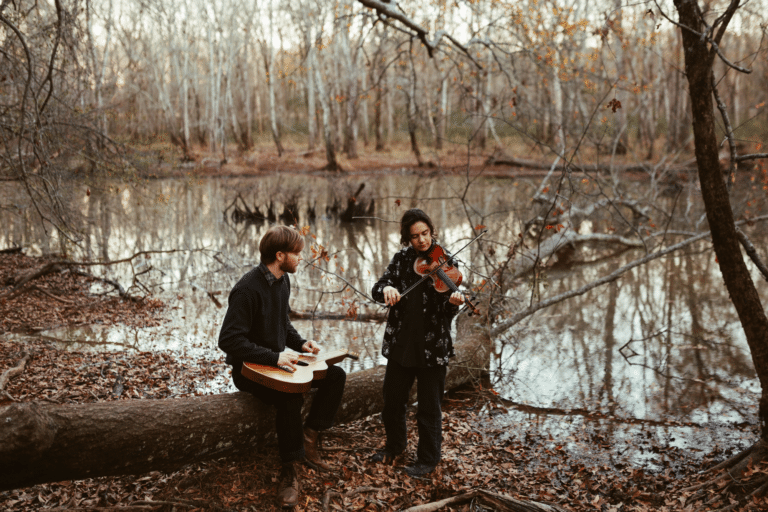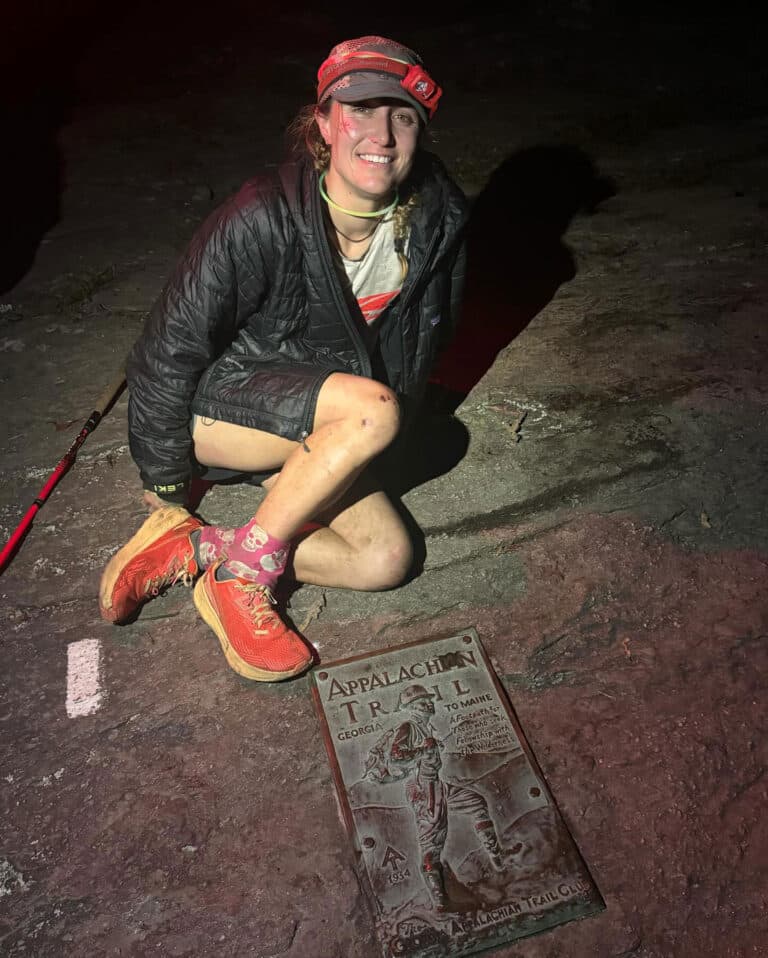
The majestic chestnut tree was once the undisputed king of the Appalachian forest. For centuries, its wood was used to build barns and split-rail fences. Its nuts were used as natural fodder to fatten livestock, and roasted over open fires to evoke holiday cheer.
Then in 1904, scientists found the first signs of chestnut blight, caused by an imported fungus carried by the Chinese variety of the tree. Asian Chestnuts were resistant to the blight. American trees were not. Roughly three billion American Chestnuts succumbed to blight early in the 20th century, destroying 25% of the Appalachian forest and leaving the native tree on the brink of extinction.
But the chestnut hasn’t given up. Sprouts spring up from clear-cut stumps and grow for a few years, only to catch the blight and die before they can procreate. But those signs of life planted a seed in the minds of scientists. Several nonprofit organizations have begun backcrossing: breeding American trees with naturally blight-resistant Chinese varieties, then crossing those 50/50 hybrids with American trees until offspring are just 1/16th Chinese.
The hope is that these carefully mixed trees, known as B3s, will show Chinese resistance and American growth habits. Asian varieties exhibit a bushy horizontal branching pattern, a severe disadvantage when competing for sunlight in dense forest. They also leaf out too early and suffer from spring cold snaps. For backcrosses to survive in the wild, those traits must be bred out.

The selection process is brutal. Workers intentionally infect young trees with blight. Most develop stippled orange fungal infections that destroy the surrounding bark, forming cankers that look like shotgun blasts and kill trees just as effectively. Resistant trees swell as they develop protective internal scar tissue. Even then, trees that show weak Chinese traits are ruthlessly weeded out of the breeding stock.
“Our estimates are that one out of every 150 trees will survive,” says Dr. Shawn Yarnes of the American Chestnut Foundation. “We hope to discover the genes that confer resistance so we can test the trees instead of waiting and watching.”
The American Chestnut Foundation farm in Meadowview, Va., is just one place where third-generation B3s show promise. Agencies throughout the Southeast are working in concert to reach the eventual goal of reforestation. Even now, the U.S. Forest service is overseeing experimental forest plantings of B3 hybrids. Land ravaged by strip mining will see some of the first new chestnut groves—but only when the trees are ready.
“When you think of releasing a man-made tree into the forest, there’s a lot of potential for hubris,” says Yarnes. “We have a lot of careful scientists who are trying to do this the very best way we can.”
With luck, that blend of vision and caution will pay dividends in the near future.







